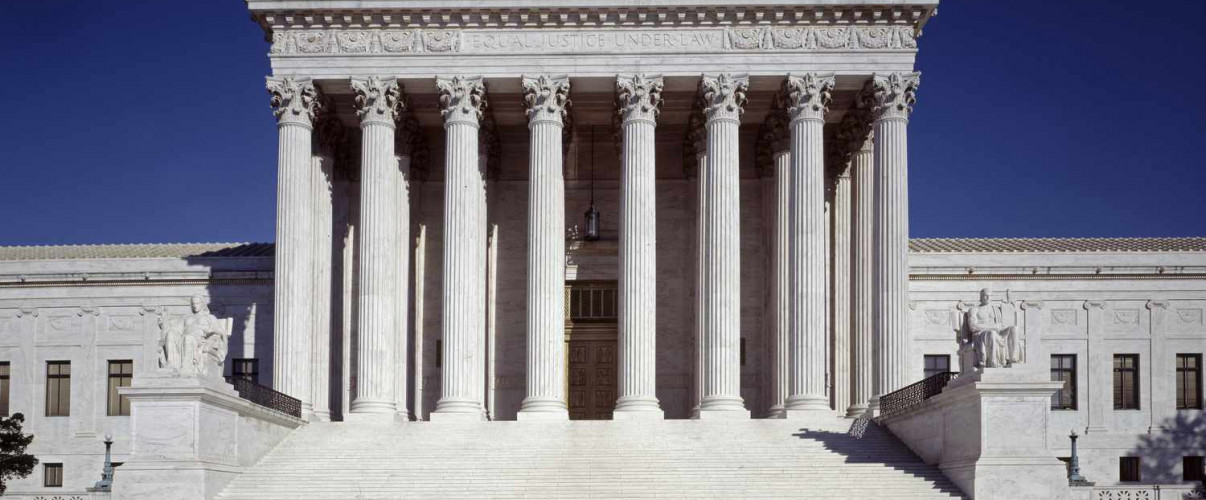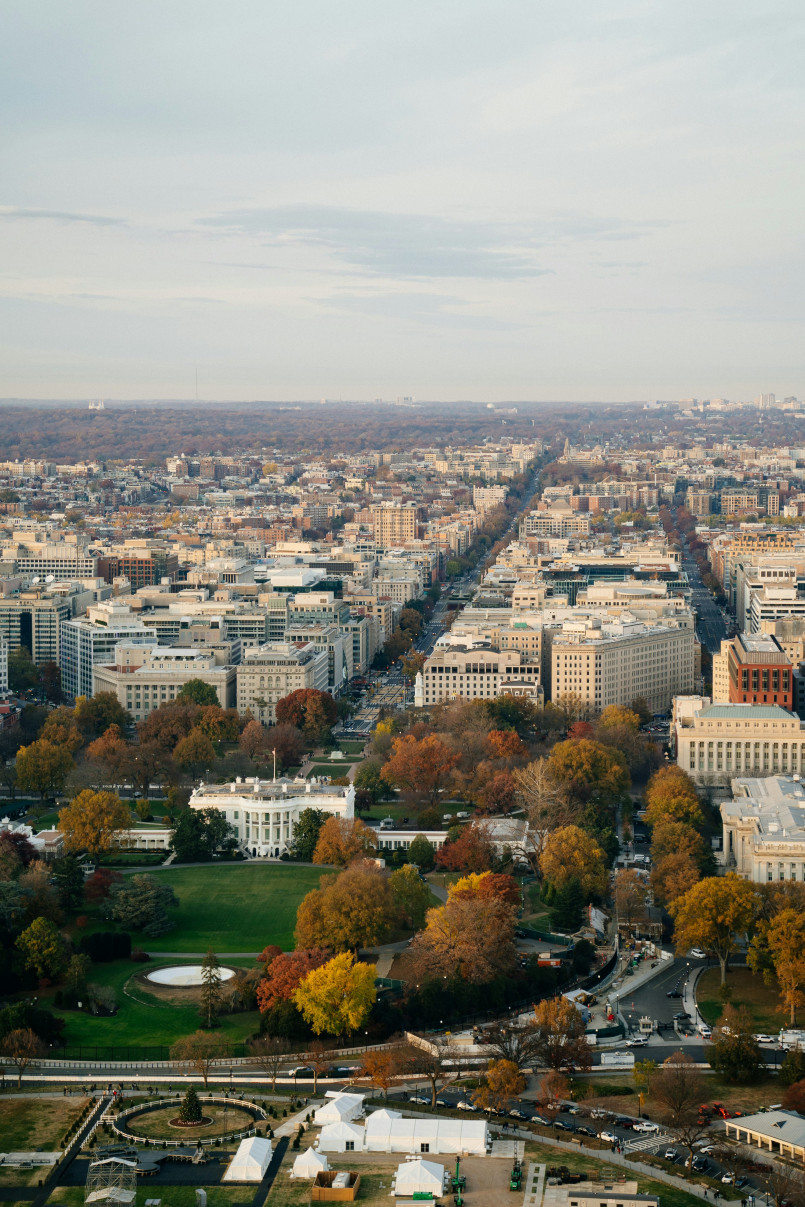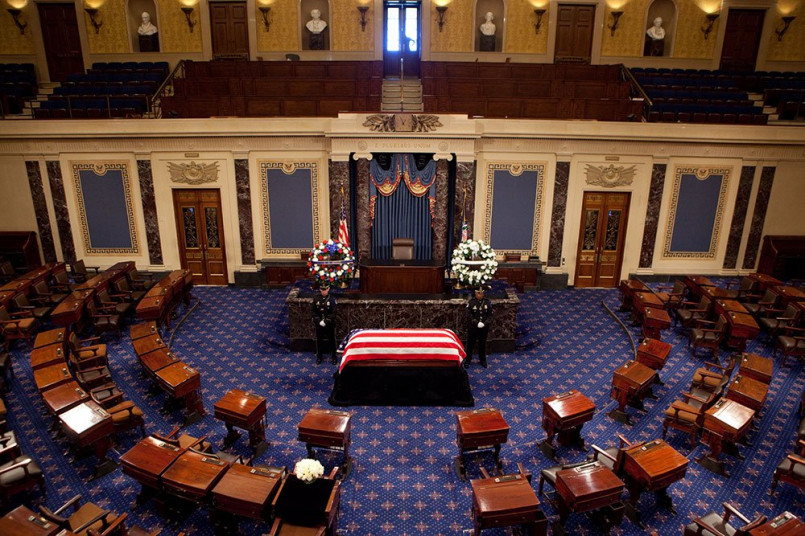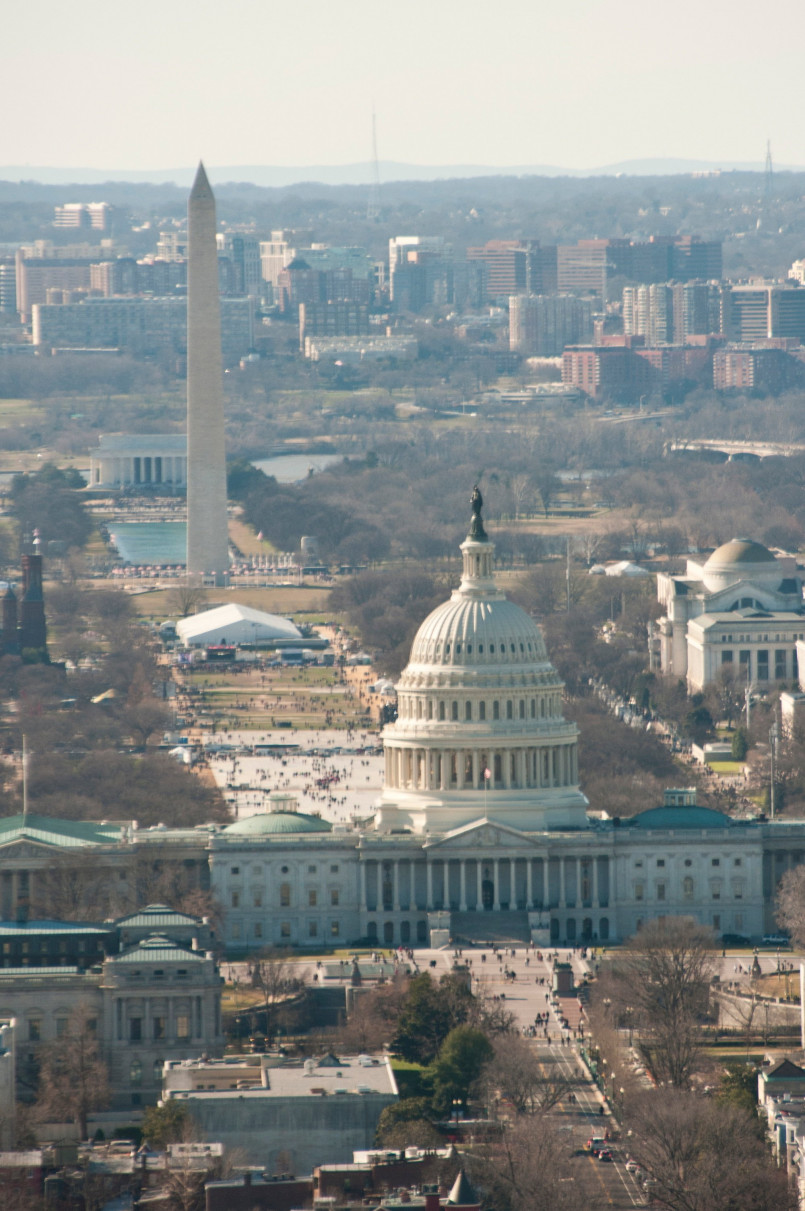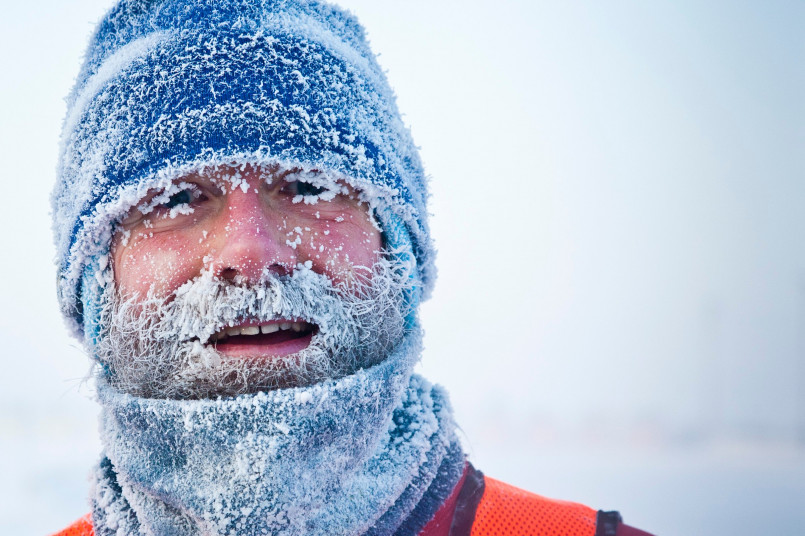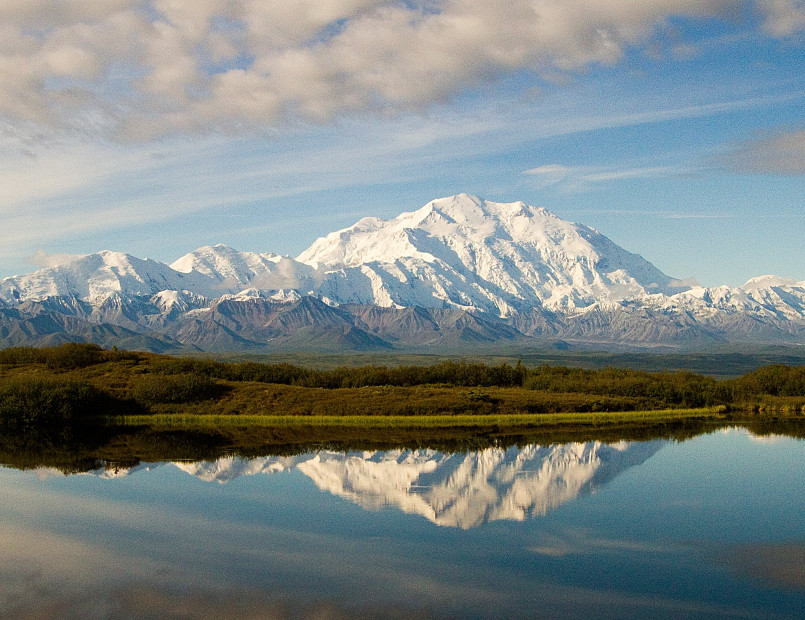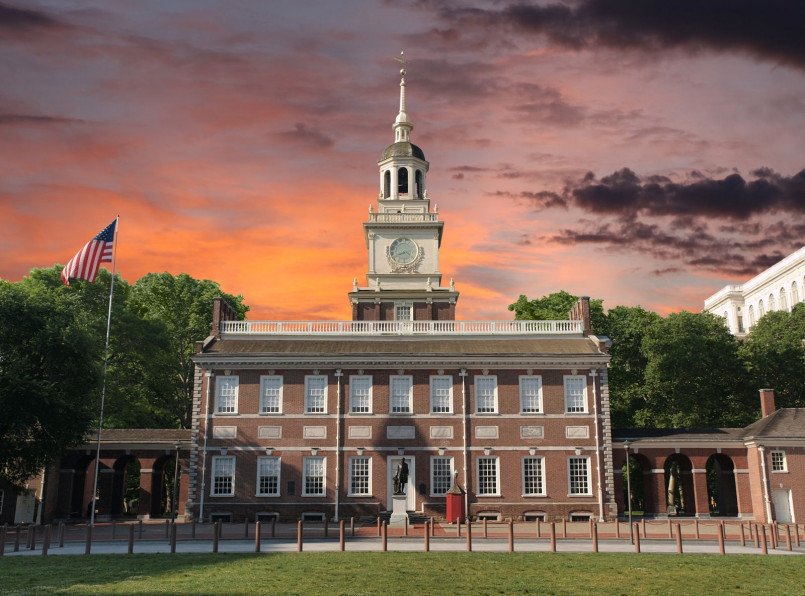While almost every aspect of modern life is recorded and shared, the highest court in America remains stubbornly camera-free. The Supreme Court's camera ban reflects deep concerns about judicial independence, deliberative integrity, and the Court's unique institutional role in American democracy.
The United States Supreme Court stands as a unique institution within American democracy - powerful, influential, and deliberately insulated from many modern practices, including video recording. While cameras document proceedings in many state courts and federal appeals courts, the highest court in the land remains stubbornly camera-free, allowing only audio recordings that are released days after arguments.
This longstanding policy has generated significant debate, especially as technology and transparency expectations have evolved. Understanding why cameras are prohibited requires examining both historical traditions and contemporary concerns about the Court's role in society.
Historical Precedent: Tradition of Camera Restrictions
The Supreme Court's camera ban is rooted in a longstanding tradition of limiting media access to preserve the integrity of judicial proceedings. When the Court began hearing cases in 1790, there was no technology to record proceedings, and the justices operated with a strong sense of institutional privacy.
The first camera restrictions in courtrooms nationwide emerged in the 1930s after the sensationalized coverage of the Bruno Hauptmann trial for the kidnapping of Charles Lindbergh's son. The American Bar Association adopted Canon 35, which prohibited cameras in courtrooms, a principle later embraced by federal courts including the Supreme Court.
Chief Justice Warren Burger formalized the Court's camera prohibition in the 1970s, establishing a precedent that subsequent Chief Justices have maintained. This historical continuity represents what Justice Antonin Scalia once called "the wisdom of experience" - an accumulated understanding of how the Court functions best.
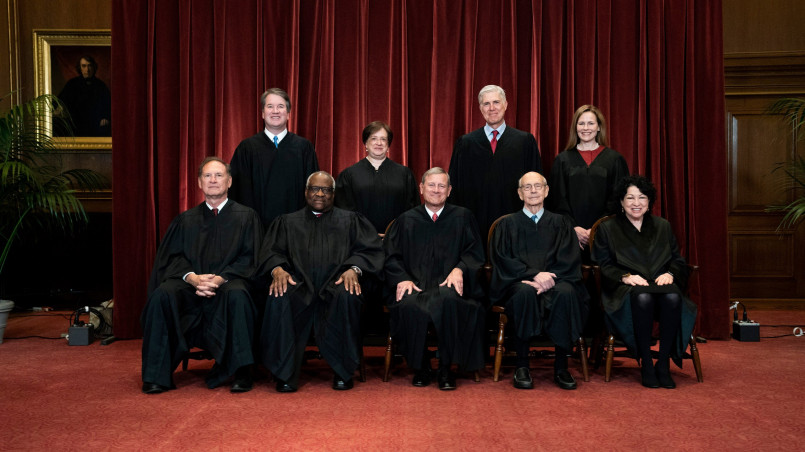
Protecting Judicial Integrity and Independence
One of the most compelling arguments against cameras involves protecting the Court's deliberative process and judicial independence. Justices have consistently expressed concern that video coverage might undermine the Court's ability to make decisions based solely on legal principles rather than public opinion or political pressure.
Justice Stephen Breyer articulated this concern when he noted that cameras might encourage justices to consider how their questions and comments would play on the evening news, potentially altering their behavior during oral arguments. This might subtly influence the deliberative process that forms the foundation of judicial decision-making.
The Court has historically guarded its independence fiercely, viewing itself as an institution that should stand apart from the political branches. Cameras, some justices believe, could erode this distinction by subjecting the Court to the same media environment that shapes congressional and presidential activities.
Justices' Concerns About Media Impact
Individual justices have expressed specific concerns about how cameras might impact the Court's functioning. Justice Clarence Thomas has argued that cameras would create pressure to produce "30-second sound bites" rather than thoughtful legal analysis. Justice Elena Kagan, though more open to cameras than some colleagues, has acknowledged the risk of comments being taken out of context.
Chief Justice John Roberts has raised concerns that televised proceedings might fundamentally change the nature of oral arguments. He suggested that brief video clips might misrepresent complex legal discussions and create misconceptions about cases.
Justice Samuel Alito pointed to the experience in other countries, noting that when Canada's Supreme Court began allowing cameras, the proceedings changed noticeably, with longer questions and what he described as "grandstanding" by attorneys.
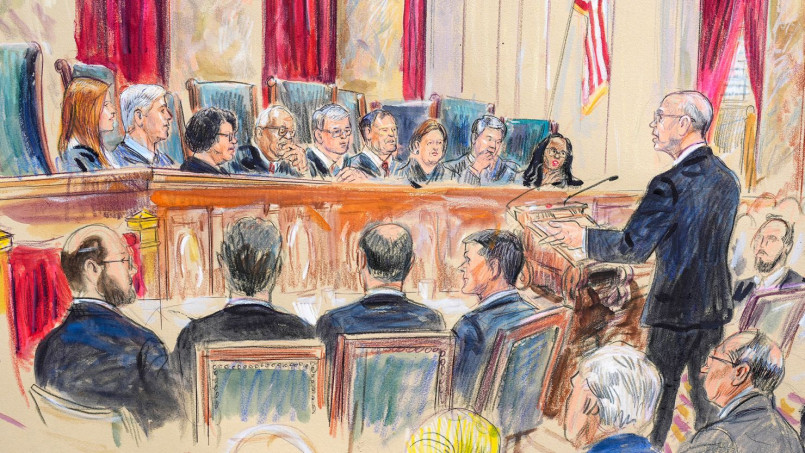
Potential for Grandstanding and Theatrics
A frequent concern among camera opponents is that video coverage might transform the serious business of constitutional interpretation into performance art. The fear is that attorneys might play to cameras rather than addressing the Court's legal concerns, while justices might feel pressure to craft memorable moments rather than probe legal weaknesses.
The Supreme Court's mission centers on resolving complex legal questions, often involving technical matters of statutory interpretation or constitutional analysis. Critics of cameras worry that video coverage might incentivize participants to simplify or dramatize these nuanced issues for public consumption.
Evidence from other courts suggests these concerns aren't entirely unfounded. After Florida allowed cameras in courtrooms, studies documented changes in attorney behavior, with some lawyers adopting more theatrical presentation styles. Similarly, some judges in televised proceedings have shown a tendency toward more dramatic pronouncements and camera-conscious behavior.
Preserving the Dignity of Court Proceedings
The Supreme Court has long cultivated an atmosphere of formality and dignity that it believes serves its institutional purpose. Justices fear that cameras might undermine this atmosphere by creating a spectacle that diminishes public respect for the Court.
Court proceedings follow centuries-old traditions that emphasize the solemnity of constitutional interpretation. Attorneys begin with "May it please the Court," justices wear formal robes, and strict decorum rules govern behavior. These traditions reflect the Court's self-understanding as an institution apart from ordinary politics.
Justice Anthony Kennedy expressed this concern directly when he testified before Congress that cameras might create "an insidious dynamic" where participants become conscious of being on television rather than focused on the serious work of deciding cases.
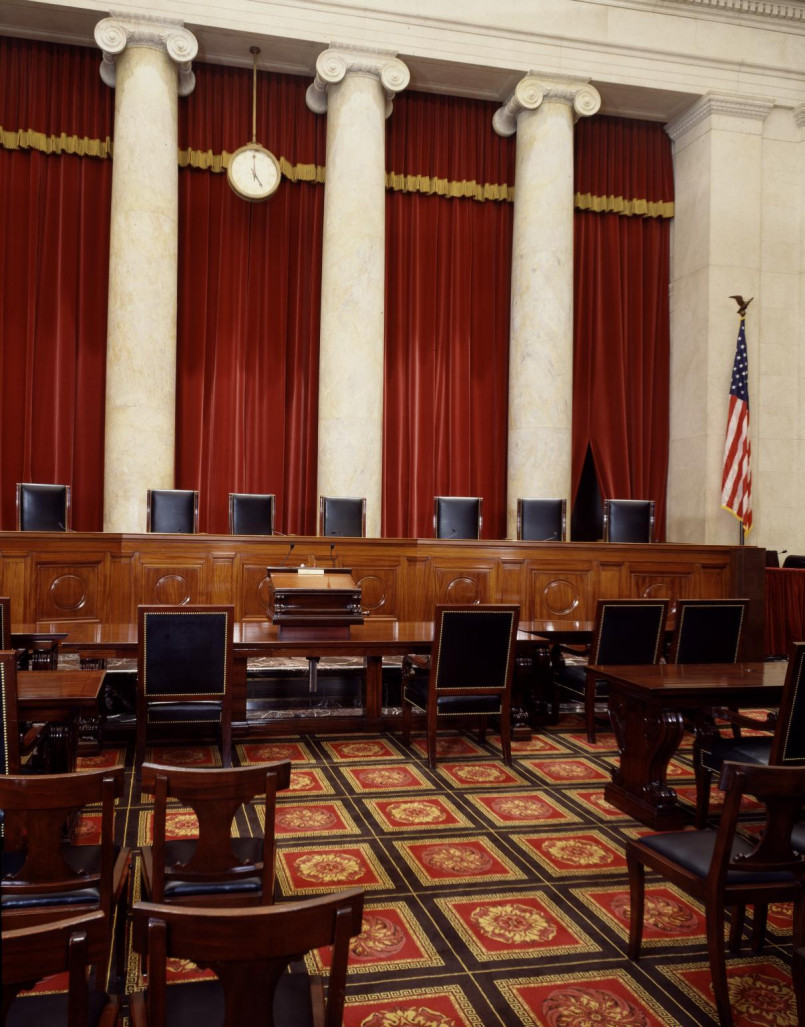
Impact on Court Participants
Beyond concerns about the justices themselves, the Court has expressed worry about how cameras might affect witnesses, attorneys, and other participants in the judicial process. Some justices believe that camera presence might inhibit frank discussion or cause unnecessary anxiety for those appearing before the Court.
While Supreme Court arguments don't involve witnesses (as they review lower court records rather than hearing new testimony), the justices nevertheless consider how cameras might affect the overall atmosphere for advocates. Many attorneys find arguing before the Supreme Court intimidating enough without the added pressure of a national television audience.
There's also concern about potential harassment of participants. In high-profile cases touching on divisive social issues, attorneys and parties might face increased public scrutiny or even threats if their arguments were televised, potentially discouraging qualified advocates from participating in important cases.
Future Prospects for Camera Access
Despite the Court's historical resistance, pressure for camera access continues to build. The COVID-19 pandemic created an unprecedented situation where the Court conducted oral arguments via telephone with live audio streaming - a move that demonstrated the Court could adapt its media policies without catastrophic consequences.
Several current justices have expressed at least tentative openness to cameras. Justice Elena Kagan noted that televised proceedings might help the public understand the Court's work, while Justice Sonia Sotomayor has acknowledged that cameras might eventually become inevitable as technology evolves.
Congress has repeatedly introduced legislation that would require the Supreme Court to allow cameras, though these bills have never passed. The Cameras in the Courtroom Act has been reintroduced multiple times, reflecting ongoing legislative interest in greater Court transparency.
For now, the Court maintains its traditional stance against cameras while making incremental changes to increase accessibility through other means. The Court now releases audio recordings of all oral arguments by the end of each argument week, a significant shift from its former policy of releasing audio only in exceptional cases.
Frequently Asked Questions About The 7 Surprising Reasons Cameras Are Banned from US Supreme Court
Is there any way to watch Supreme Court proceedings?
No, there is no video of Supreme Court proceedings. The public can attend in person (with limited seating available on a first-come, first-served basis), listen to audio recordings released at the end of each argument week, or read transcripts of oral arguments that are typically published within hours of proceedings.
Do any federal courts allow cameras?
Yes, some federal courts allow cameras under specific circumstances. The Judicial Conference of the United States has authorized a pilot program in some federal courts of appeals and district courts, but the Supreme Court maintains its own independent policy prohibiting cameras.
When did the Supreme Court start releasing audio recordings?
The Supreme Court began recording oral arguments in 1955, but these recordings were initially kept in the National Archives with limited access. The Court began regularly releasing audio recordings at the end of each argument week in 2010. Live audio streaming was introduced during the COVID-19 pandemic in 2020.
Has the Supreme Court ever allowed cameras?
No, the Supreme Court has never officially allowed video cameras to record its proceedings. The Court has maintained this policy throughout the television era despite increasing pressure from media organizations, transparency advocates, and some members of Congress.
Are there any exceptions to the camera ban?
No, there are no exceptions to the camera ban during actual Court proceedings. The only official visual records of the Court in session are sketch drawings created by courtroom artists who are permitted to create illustrations based on their observations during arguments.
Do all Supreme Court justices oppose cameras?
No, not all justices oppose cameras. Justices Sotomayor and Kagan have expressed some openness to cameras under certain conditions. However, the Court operates by consensus on administrative matters, and the more traditional view opposing cameras has prevailed to date.
